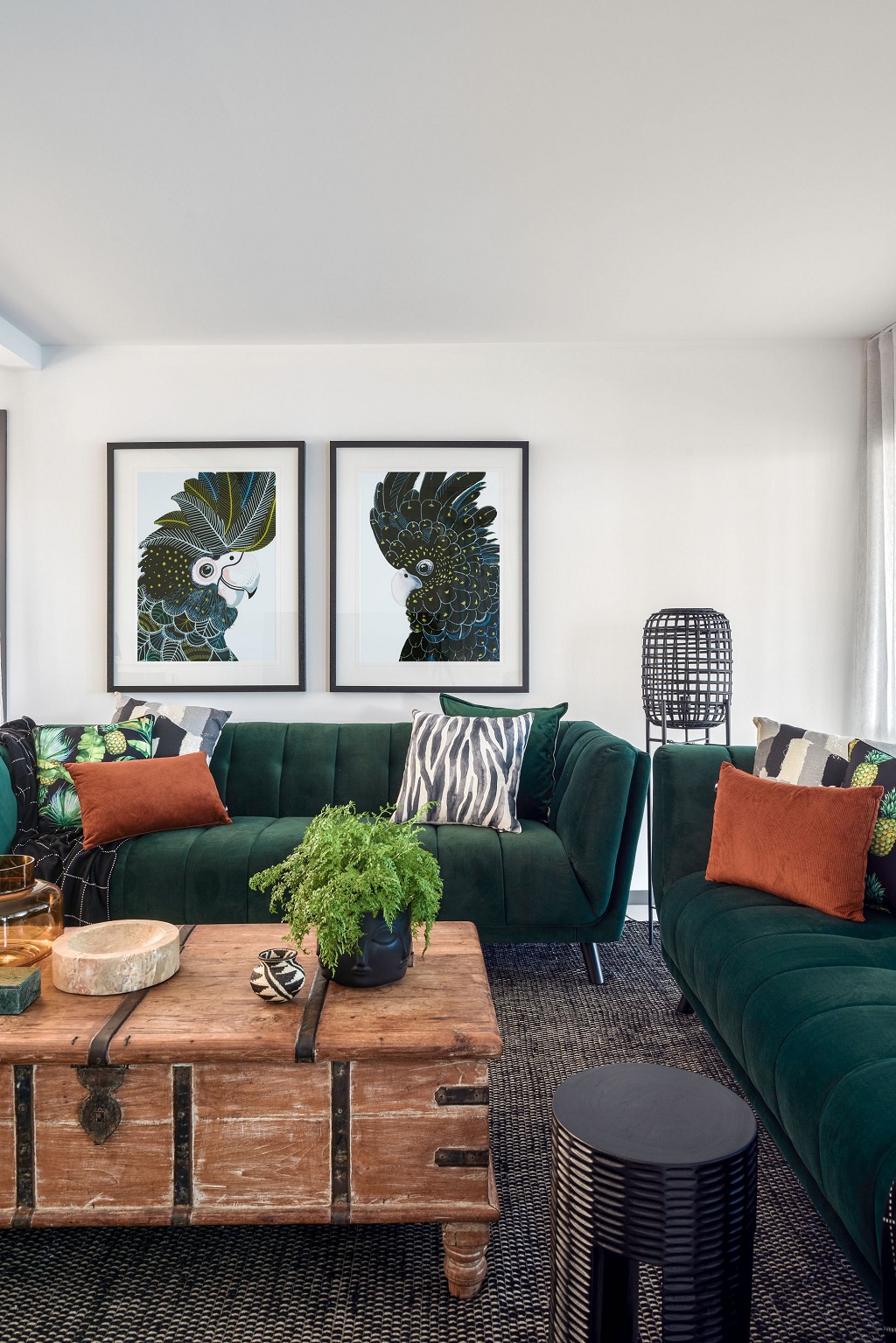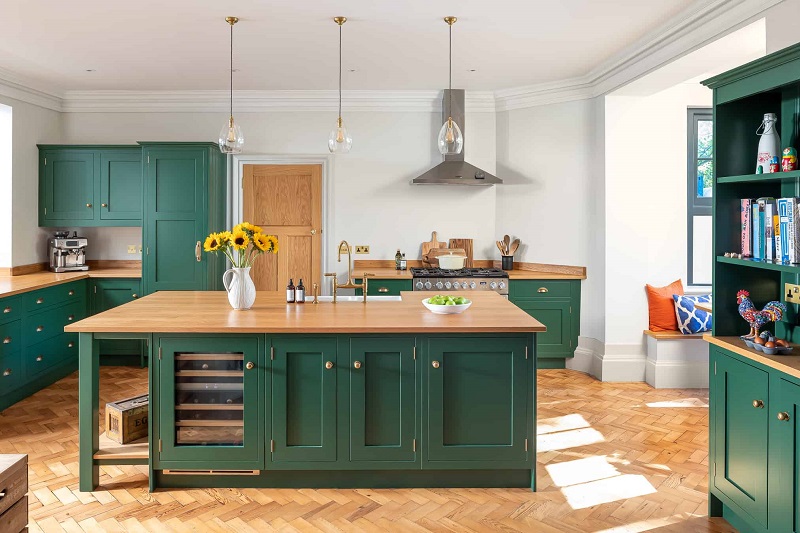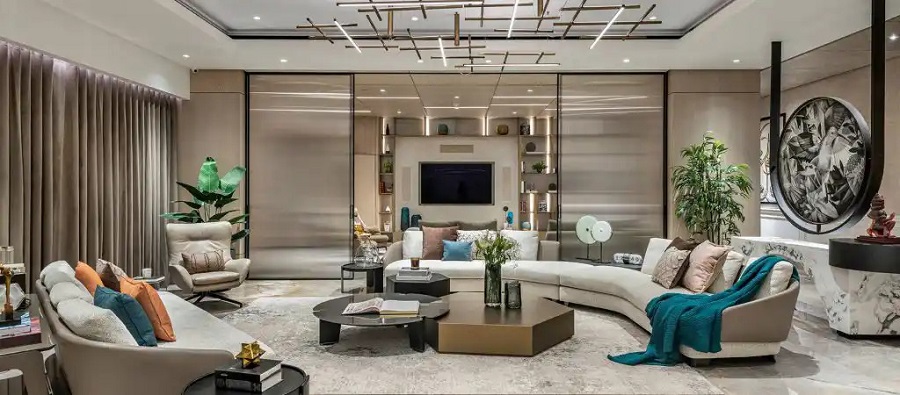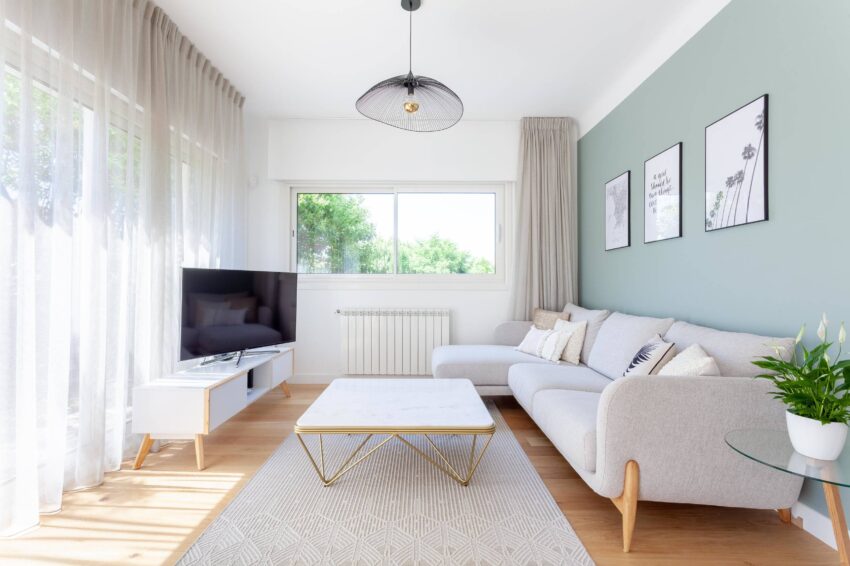The quest for a beautiful and stylish home shouldn’t come at the expense of the environment. Sustainable interior design offers a solution, allowing you to create a haven that reflects your taste while minimizing your ecological footprint. Whether you’re a seasoned design enthusiast or embarking on your first decorating project, this guide empowers you to incorporate eco-friendly elements into your space.
The Core Principles: A Sustainable Design Foundation
Sustainable design prioritizes minimizing environmental impact while maximizing functionality and aesthetics. Here are the key pillars to consider:
- Reduce, Reuse, Recycle: This mantra extends to interior design. Minimize the need for new items – repair existing furniture, repurpose vintage finds, and choose durable, long-lasting pieces.
- Material Matters: Opt for eco-friendly materials like FSC-certified (Forest Stewardship Council) sustainably harvested wood, recycled content furniture, natural fibers for textiles, and low-VOC (volatile organic compound) paints.
- Energy Efficiency: Make smart choices with lighting and appliances. Consider natural ventilation and light sources, and invest in LED bulbs and energy-efficient fixtures.
- Water Conservation: Install low-flow faucets and showerheads to reduce water usage.
- Healthy Living Environment: Focus on creating a healthy indoor space with proper ventilation, natural materials, and low-toxicity cleaning products.
Putting Principles into Practice: Eco-Friendly Design Strategies
Now that you grasp the core principles, let’s explore practical ways to implement them in your home:
- Embrace the Upcycle and Repurpose Revolution: Breathe new life into old furniture! Repaint a dresser, reupholster a chair, or transform a vintage suitcase into a coffee table.
- Seek Pre-Loved Treasures: Pre-loved furniture stores and online marketplaces are treasure troves for unique and sustainable finds. You might discover a one-of-a-kind piece with a rich history while reducing demand for new furniture production.
- Invest in Quality, Built-to-Last Pieces: While inexpensive furniture might seem appealing, opting for well-made, timeless pieces built to last reduces waste and the need for frequent replacements.
- Embrace Natural Materials: Natural fibers like organic cotton, linen, wool, and jute add beauty, texture, and breathability to your space. Opt for sustainable alternatives like bamboo for flooring or furniture.
- Imperfections Tell a Story: Reclaimed wood with its natural imperfections and color variations adds warmth and character to your home.
- Harness the Power of Natural Light: Maximize natural light by strategically placing furniture and using sheer curtains. This reduces reliance on artificial lighting and creates a more uplifting atmosphere.
- LEDs: Energy-Efficient Champions: Invest in LED light bulbs for their energy efficiency and long lifespan.
- Smart Appliances Make a Difference: Look for Energy Star-certified appliances that use less energy and water.
- Biophilic Design for Wellbeing: Connect with nature by incorporating plants into your decor. Plants improve air quality and add a touch of life to your space.
Sustainable Practices Beyond the Initial Furnishing
Sustainable design goes beyond the initial furnishing. Embrace these everyday practices:
- Energy-Saving Habits: Simple steps like switching off lights in unoccupied rooms, unplugging unused electronics, and adjusting thermostats can make a significant impact.
- Natural Cleaning Solutions: Opt for natural cleaning products made with vinegar, baking soda, and essential oils. They’re gentle on surfaces and better for your health and the environment.
- Water Conservation in Action: Take shorter showers, fix leaky faucets promptly, and consider water-efficient landscaping practices.
Sustainable Design on a Budget: It’s Achievable!
The eco-friendly design doesn’t have to break the bank. Here are some budget-conscious tips:
- Shop Local and Support Artisans: Look for locally-made furniture or handcrafted items that might be more affordable than mass-produced alternatives.
- DIY Projects: Get creative! Repurpose old items yourself, refinish furniture, or make your throw pillows with sustainable fabrics.
- Start Small, Make a Difference: You don’t have to overhaul your entire home at once. Begin with a single room or swap out a few key pieces for more sustainable options.
Sustainable Design Trends: Inspiration Beyond the Basics
The world of sustainable design is constantly evolving. Here are some exciting trends to inspire you:
- Biomimicry: Drawing inspiration from nature’s design principles for energy efficiency and functionality.
- Cradle to Cradle Design: A philosophy that focuses on designing products for disassembly and reuse, eliminating waste.
- Smart Homes: Utilizing technology to optimize energy usage through automated controls and monitoring systems.
Beyond Inspiration: Resources to Fuel Your Sustainable Journey
Ready to delve deeper into sustainable interior design? Here are some valuable resources to empower you:
- Sustainable Furnishing Companies: Research companies committed to using eco-friendly materials and ethical manufacturing practices. Look for certifications like FSC (Forest Stewardship Council) or OEKO-TEX® Standard 100 for textiles.
- Salvage Yards and Architectural Salvage Stores: Unearth architectural gems and unique building materials with a rich history. These hidden treasures can add character to your home while reducing the demand for new resources.
- Online Marketplaces: Explore online platforms dedicated to sustainable furniture and homewares. Look for marketplaces that prioritize ethical sourcing and craftsmanship.
- Non-profit Organizations: Support organizations promoting sustainable building practices and resource conservation. These organizations often offer educational resources and may even connect you with local businesses committed to sustainability.
Inspiration on Display:
- Interior Design Magazines and Blogs: Discover stunning examples of sustainable design showcased in publications and online blogs. Look for content that features creative solutions and eco-friendly materials.
- Home Tours and Design Shows: Immerse yourself in the world of eco-friendly design by attending home tours or virtual tours featuring sustainable homes. These tours offer a chance to see sustainable design principles implemented in real-life settings.
- Social Media: Follow the social media accounts of sustainable design influencers and brands for daily inspiration. You’ll discover a wealth of ideas, tips, and resources to guide your sustainable design journey.
Remember, every step towards sustainability counts! By incorporating eco-friendly elements into your interior design, you’re not just creating a beautiful space, you’re contributing to a healthier planet for yourself and future generations. So get creative, embrace resourcefulness, and embark on a journey of sustainable design that reflects your style and values.
Beyond Resources: The Power of Informed Choices
Sustainable design isn’t just about following trends; it’s about making informed choices throughout the design process. Here are some additional considerations:
- Lifespan and Durability: Choose furniture and materials built to last. Opt for solid wood over particleboard and invest in timeless designs that won’t go out of style quickly.
- Local Sourcing: Whenever possible, source materials and furniture from local businesses. This reduces transportation emissions and supports your local economy.
- Maintenance and Repair: Properly maintain your existing furniture to extend its lifespan. Learn basic repair skills or find local artisans who specialize in furniture restoration.
- End-of-Life Considerations: Think about the future of your design choices. Can furniture be easily disassembled and recycled? Will you donate or sell unwanted items to give them a second life?
Related: Office Remodeling: Designing a Productive and Collaborative Workspace
Conclusion: A Sustainable Sanctuary Awaits
By embracing these principles and resources, you can transform your home into a sustainable sanctuary. Sustainable design isn’t about sacrifice; it’s about creativity, resourcefulness, and creating a space that reflects your values. So, start small, experiment, and enjoy the journey of crafting a beautiful and eco-conscious home. Remember, every sustainable choice you make contributes to a healthier planet, one room at a time.





